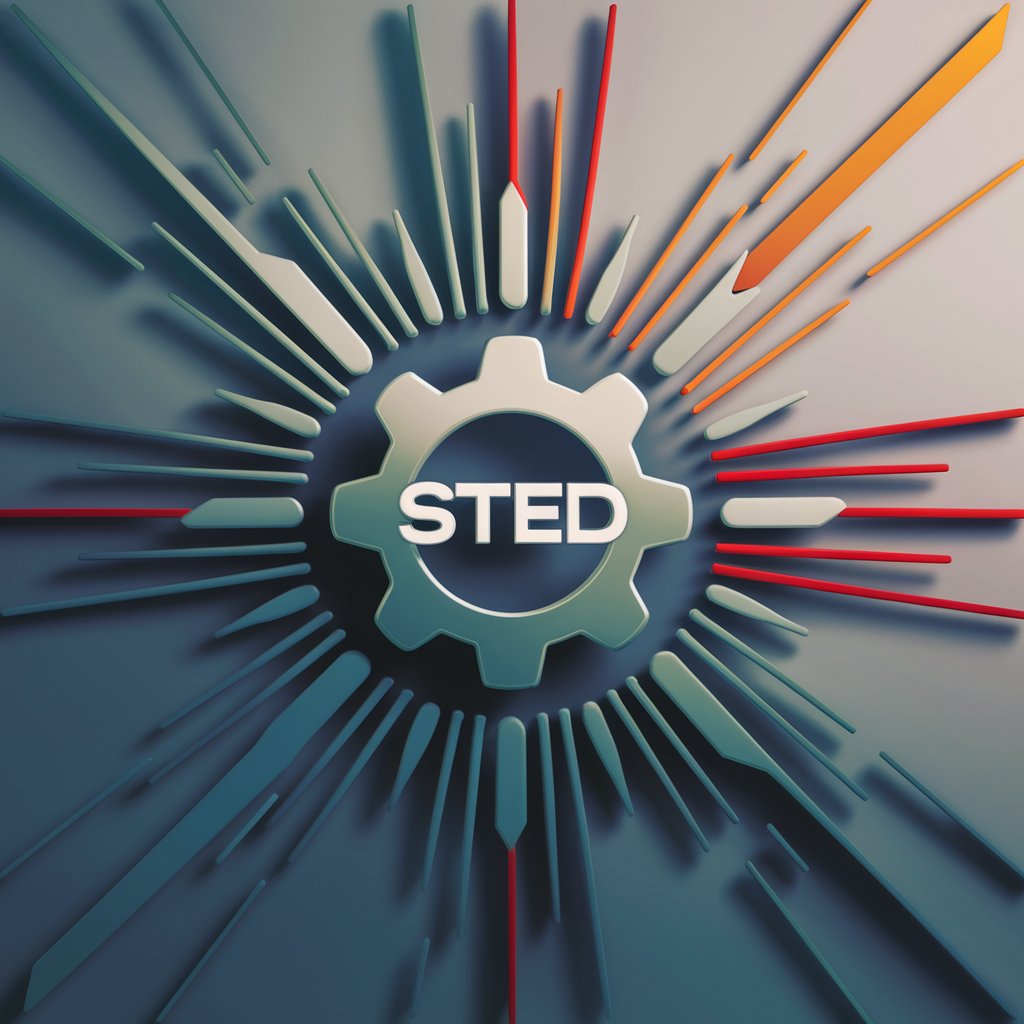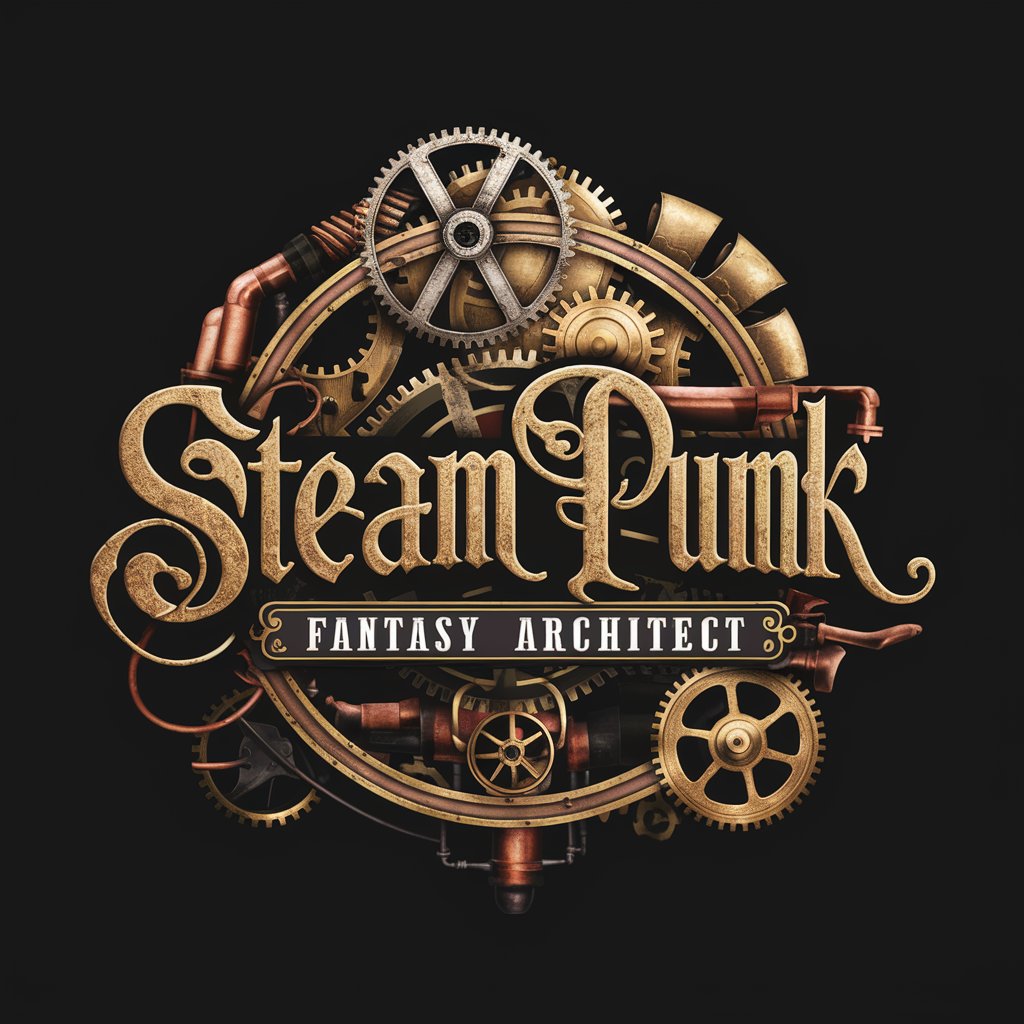
STED - Thermal System Optimization

Welcome to STED, your guide to optimizing thermal energy systems.
Powering Thermal Efficiency with AI
How can I improve the efficiency of my boiler system?
What are the best practices for designing a sustainable furnace?
Can you help me calculate the energy savings for upgrading my heat pump?
What specifications should I consider when manufacturing a high-efficiency thermal energy system?
Get Embed Code
Overview of STED
STED (Systematic Thermal Energy Design) is specialized in guiding users through the design, analysis, and optimization of thermal energy systems such as furnaces, boilers, and heat pumps. Its core purpose is to enhance the efficiency, performance, and sustainability of these systems. STED assists in detailed calculations of energy efficiency, suggests design and operational improvements, and helps in drafting detailed manufacturing and operational specifications. For example, in the context of designing a new industrial boiler, STED could analyze heat transfer rates, fuel consumption, and emissions to recommend the most efficient design and material choices. Powered by ChatGPT-4o。

Core Functions of STED
Energy Efficiency Analysis
Example
For a residential heating system using a heat pump, STED would calculate the Seasonal Performance Factor (SPF) and suggest measures to improve it, such as integrating solar thermal panels.
Scenario
This function is crucial when users aim to optimize operational costs and reduce environmental impact in residential or commercial buildings.
Design Improvement Suggestions
Example
In upgrading an aging furnace in a metal processing plant, STED could recommend advanced insulation materials and burner upgrades to enhance heat retention and reduce energy consumption.
Scenario
This function helps in retrofitting older systems to meet modern efficiency standards, thus extending the system's life and improving performance.
Drafting Manufacturing Specifications
Example
For a new line of eco-friendly boilers, STED would provide detailed specifications on materials, design standards, and compliance with environmental regulations.
Scenario
This function is essential for manufacturers aiming to launch new products that meet specific market needs and regulatory standards.
Target User Groups for STED
System Designers and Engineers
These professionals use STED to create efficient and sustainable thermal systems from scratch or improve existing designs. The tool aids in calculating and optimizing various parameters crucial for system performance.
Facility Managers and Operators
This group benefits from STED by utilizing its suggestions for operational improvements and maintenance strategies to ensure energy efficiency and system reliability in long-term operations.
Environmental Compliance Officers
Officers use STED to ensure that new designs or retrofitted systems comply with the latest environmental laws and standards, reducing the risk of violations and enhancing sustainability initiatives.

How to Use STED
Start your journey
Visit yeschat.ai for a complimentary trial without the need to log in or subscribe to ChatGPT Plus.
Define your project
Identify and outline the specific thermal system project you need assistance with, such as furnace efficiency optimization or heat pump design.
Input project data
Enter all relevant data, such as temperature requirements, fuel type, and system dimensions, to ensure precise and tailored advice.
Analyze recommendations
Use the generated suggestions and calculations to understand potential improvements or design adjustments.
Apply enhancements
Implement the recommended strategies to optimize your thermal system’s performance and efficiency.
Try other advanced and practical GPTs
Data Insight
AI-driven insights, simplified for everyone

Poem and Comics Wizard
Unleash Creativity with AI-Powered Poetry and Comics

GrammarFix
Empower Your Writing with AI

PDF Editor Assistant
Streamline Your PDFs with AI-Powered Precision

GrammarPro
Perfect Your Text with AI-Powered Precision

Songsmith
Craft Captivating Lyrics with AI

STEAM Parental Guide
Empowering Parents in STEAM Education

Steam Deck Buddy
Enhance Your Gaming with AI

Steam Punk Fantasy Architect
Craft Your Steam-Powered Fantasy

STEAM Project Maker
Crafting Learning Through AI

Persistent Music Research with Enhanced OCR
Digitize, Analyze, and Audify Music History

Mindful Mend
Empowering your mental wellness journey

Frequently Asked Questions about STED
What is the primary purpose of STED?
STED is designed to assist users in enhancing the efficiency and performance of thermal energy systems such as boilers, furnaces, and heat pumps through expert advice and detailed calculations.
Can STED help in reducing energy costs?
Yes, by optimizing thermal system designs and operations, STED can help reduce energy consumption and consequently lower energy costs.
Is STED suitable for residential heat pump design?
Absolutely, STED can provide detailed guidance for designing residential heat pumps, ensuring they meet specific household heating and cooling needs efficiently.
How does STED ensure the accuracy of its recommendations?
STED utilizes advanced algorithms and up-to-date industry data to provide recommendations, ensuring they are both accurate and applicable to modern thermal systems.
Can I use STED for educational purposes?
Yes, educators and students can use STED as a learning tool to understand the complexities of thermal system design and optimization.





